World's Toughest Mudder | The One where We went to Alabama
 Every year, I enjoy looking back on the previous World’s Toughest Mudders (WTMs) I’ve done to see how the current year stacks up. I’ve done every event since 2014, missing only the first three years in New Jersey. Here’s how I think Atmore, Alabama’s World’s Toughest compared to the rest of the years and why this was the first year a woman, Kris Rugloski, to reach the epic 100-mile mark that has evaded so many of our other dominant women in the sport.
Every year, I enjoy looking back on the previous World’s Toughest Mudders (WTMs) I’ve done to see how the current year stacks up. I’ve done every event since 2014, missing only the first three years in New Jersey. Here’s how I think Atmore, Alabama’s World’s Toughest compared to the rest of the years and why this was the first year a woman, Kris Rugloski, to reach the epic 100-mile mark that has evaded so many of our other dominant women in the sport.
TERRAIN
The terrain was much more similar to Atlanta (2018-2019), then Las Vegas/Laughlin (2014-2017, 2021). It was primarily trail with hard packed dirt that included some uneven footing via roots and ruts. Overall, it was very runnable with only 451 feet of elevation gain per lap. This is the lowest it has been in recent history (ranging from 623 to 865 ft. years past).
Verdict: With the lowest amount of elevation gain in recent history and only one short section of swimming, this was a very fast course per lap. The hard packed dirt was better for running than any of the years in Nevada and the lower elevation gain made it faster per lap than Atlanta. Overall, terrain wise, this was the easiest by far. While 200 feet of gain difference doesn’t sound big, when you multiple it by 10-20 laps, it adds up significantly.
WEATHER
There was a steady decline in temperature throughout the first 18 hours of the race. We started at around 60 degrees (the low of 2021) and progressively dropped every hour, eventually bottoming out at 34 degrees right before dawn at 6 AM. This was the 2nd coldest year (excluding the New Jersey years which took place in December or late November).
Although 2018 Atlanta was colder, it was only 2 degrees colder. Don’t let the Atlanta WTM veterans trash talk though, because what they’ll forget to tell you is during the 2018 WTM, they closed some water obstacles late in the night. In 2022, with only a 2 degree warmer temperature difference, they didn’t alter or close any of the obstacles with the cold weather.
The cold required wetsuits unlike the infamous 2021 #nowetsuitsneeded and more in line with every other year in the event’s history. A wetsuit restricts movement, is heavy, requires more energy to move and is overall a burden, adding another challenge to an already difficult event.
Verdict: This was definitely one of the worst years for weather. Based strictly on temperature, I think it was the worst. However, I felt 2014’s sandstorm was more challenging despite warmer weather. 2018 was technically colder but it started cold and stayed cold providing a more consistent temperature throughout. So, you could put on an outfit without much modification for the length of the event.
OBSTACLES
Here’s where things get a little tricky. The obstacles this year were objectively harder than almost any other year, with the exception of maybe 2017 in my opinion.
UPPER BODY.
2017 had four upper body obstacles (hanging from your hands); 2022 had five. 2022 had Dingleberries (net traverse with hands only), Feet Spin (a TM rig), Double Rainbow (although you splash into the water unlike the original which kept you dry if you were successful), Chunky Monkey (alternate version of Funky Monkey) and Tea Baggin (Tyrolean traverse).
OPENING TIMES.
The difference is in opening times. In 2022, the obstacles opened super late. I was shocked to come around on every lap only to see obstacles still closed. This is much later than the first couple of years where they did 1x obstacle free lap or 1x obstacle free hour. The later opening times for all obstacles have definitely helped boost mileage but more importantly have cut down on lines at obstacles. This was the best year for not having to wait in line at obstacles.
MUST COMPLETE.
The Alabama course had 13 must complete obstacles. Typically, when it is “must complete”, they are usually easier to do because they are things like walls, low crawls, water crossings, etc. In Vegas there were usually around 11 obstacles that you must complete (13, 12, 8 and 11 by year) and Atlanta had around 17 (18 and 16 by year).
MENTAL CHALLENGE.
When it comes to mentally demanding obstacles, this was in the middle compared to other years. Notably missing was any electric obstacles, a TM staple. Some years have included 2-3 electric obstacles. Arctic Enema was arguably the hardest version we have seen, which essentially required you to do the obstacle in reverse climbing up the ramp after sliding down an opposing ramp. Not only mentally challenging, but physically demanding. Back in the early years of Las Vegas, Arctic Enema wasn’t even one of the mandatory obstacles. It was often used as a penalty obstacle only. The most challenging obstacle mentally was “Just Chute Me”, an insane slide built on the backside of the giant A frame Mudderhorn. This looked so sketchy but was a ton of fun as it rocketed you down the pipe at a speed that felt faster than free falling. Overall, by the standard of mentally demands, this was one of the easier years in my opinion.
Verdict: Without looking at opening times, it would appear that 2022’s obstacles were the most physically taxing obstacles that we’ve seen at WTM. However, their late opening meant athletes could rack up significant miles before having to complete the really hard ones. Overall, this was my personal favorite year for obstacles since 2017.
PENALTIES & HOW THEY RELATE TO THE NEW FEMALE RECORD
This event was historic because, for the first time in the 11-year history, a female hit 100 miles. This was a significant jump by OCR phenom, Kris Rugloski, considering some years where the female winner earned 75 miles. Is Kris really 33% better than some previous champions?
I heard people say, “Well, they opened obstacles later than normal. So, that explains the jump in mileage.” If that was true, the men’s mileage should have jumped too; but it was comparable to last year, even taking a dip for many that competed in both years. After thinking it over while laying awake in pain all night after the race, I think the answer lies in the penalties.
As a general rule, elite men tend to complete obstacles with a greater percentage than elite females due to upper body strength. This means that, normally, an elite female is taking a lot more penalties than an elite male - thus suppressing their mileage as they “lose time” doing penalties. Historically, they’ve done mileage/runs for many of the Las Vegas courses, but TMHQ has switched to more TM-esque kind of zany penalties. While additional mileage doesn’t sound bad, especially in the first half of the race, an extra .25 mile run after 18 hours might add five minutes or more to your time per failed obstacle. Remember in 2021 when the penalty for Everest was a full lap of the kid’s course that included a ½ mile run with kids obstacles? Compare that to 2022’s wet pajamas penalty for Everest which arguably was better than doing the obstacle (maybe a little more time, but physically much easier).
While Kris is undoubtedly a next level athlete, the jump in female mileage is explained here. Not only did she beat the previous female record, but Katy Knight (2nd) and Jenny Overstreet (3rd) both clocked 85 miles. 85 miles is enough to win five of the years and tie two of the other years in the event’s 11-year history. Although the competition does get better, the number of very impressive results this year makes it likely an external factor played in influence in the increase.
Verdict: This was the easiest year of penalties regarding both how much time it took and how much additional strain it put on your body. There were times when I would do the obstacle while others took the penalty and it seemed like a toss-up on who finished first.
The X Factor (Bypass and Other).
TMHQ has seemed to settle into a formula in the last couple of years. The race now always starts at noon. The Elites and Contenders get their race, but open participants get some TMHQ gamification challenges (ex. 2 flips 1 cup, hot pepper challenge, little box of horrors). Obstacle bypass bands, which started in 2018, are now an established part of the event.
The only X factor that played a large roll this year was how late the obstacles opened and that they opened only about four every hour.
While the Everest Angels were out there along with the Men of Mudderhorn helping people over obstacles, I’ve never seen them have such a rough time. Normally, there’s about six people up on Everest, but this year there were usually only a couple at a time. This is a drastic shift from previous years where there has always appeared to be more helpers.
Verdict: It is largely a toss-up. Despite huge changeover in personnel post-COVID, TMHQ is better at running the event every year. There were zero lines at obstacles for the 2nd year in a row (unlike 2014-2016). The pit space was set up better and gave more people better pit spots including the online check-in. Basically, everything just ran smoother.
OVERALL
This was definitely not the easiest WTM, and I’m not willing to say it was the hardest either. From my personal opinion, I would put it in the top third of challenging WTM since 2014.
The weather was a brutal, and the fact that it didn’t level out just made it worse. Even during the day, it was drizzling, which meant you were wet even before obstacles opened. I think the weather is the biggest factor when it comes to what people remember as “hard” regarding WTM. While an obstacle can be bad, it’s over in usually less than a minute. The weather consumes your thoughts for 90+% of the race and is typically the biggest obstacle.
I’ll leave you with a similar way I ended the article last year, which will give some perspective whether you ran this year or not. When people tell stories of WTM, they always tell you about the worst or most dramatic parts of the event. They don’t talk about the things that made it easier, but every year has something. In 2014, we didn’t have to do King of Swing after it was demolished in the windstorm. In 2015, the Tramp Stamp trampoline obstacle broke repeatedly, which had an awful penalty. In 2018 (the coldest year since New Jersey), things were literally freezing. So, they closed a bunch of obstacles. In 2019, WTM had golden carabiners (for elites and contenders too) which allowed athletes to skip literally miles of course to earn their bibs. In 2021, it was the year of the nicest weather ever. In 2022, they won’t mention how late the obstacles opened, but you will hear about how the weather kept getting colder.
A mileage bib is a mileage bib whether it was done in the worst or best conditions. If you rolled the dice on a hard year, maybe you need to sign up again and test your luck again. I can’t guarantee good or bad weather, but I can guarantee that 24 hours of OCR is hard regardless of what variables are thrown at you.
"Great job" to this year Mudders. I’ll see you in 2023…and make sure you stop by the MudGear mini-hospitality tent next time!
- Join the World’s Toughest Mudder Community Here
- Read Mud Run Guide’s Ultra-OCR Bible, the only book on endurance OCR.

 Evan “Ultra-OCR Man” Perperis is a professional obstacle course racer for the MudGear-Battle of the Lions Pro Team. With over 65 overall podiums and counting, he is best known for his annual ultra-endurance events that often last multiple days to raise money for the charity Folds of Honor. You can read about these events and his military service in his biography “Ultra-OCR Man: From Special Forces Soldier to Record Setting Pro OCR Athlete” (available in hard copy, digital and audiobook). A NSCA-CPT he also has an additional five books on training and preparing for Obstacle Course Racing.
Evan “Ultra-OCR Man” Perperis is a professional obstacle course racer for the MudGear-Battle of the Lions Pro Team. With over 65 overall podiums and counting, he is best known for his annual ultra-endurance events that often last multiple days to raise money for the charity Folds of Honor. You can read about these events and his military service in his biography “Ultra-OCR Man: From Special Forces Soldier to Record Setting Pro OCR Athlete” (available in hard copy, digital and audiobook). A NSCA-CPT he also has an additional five books on training and preparing for Obstacle Course Racing.




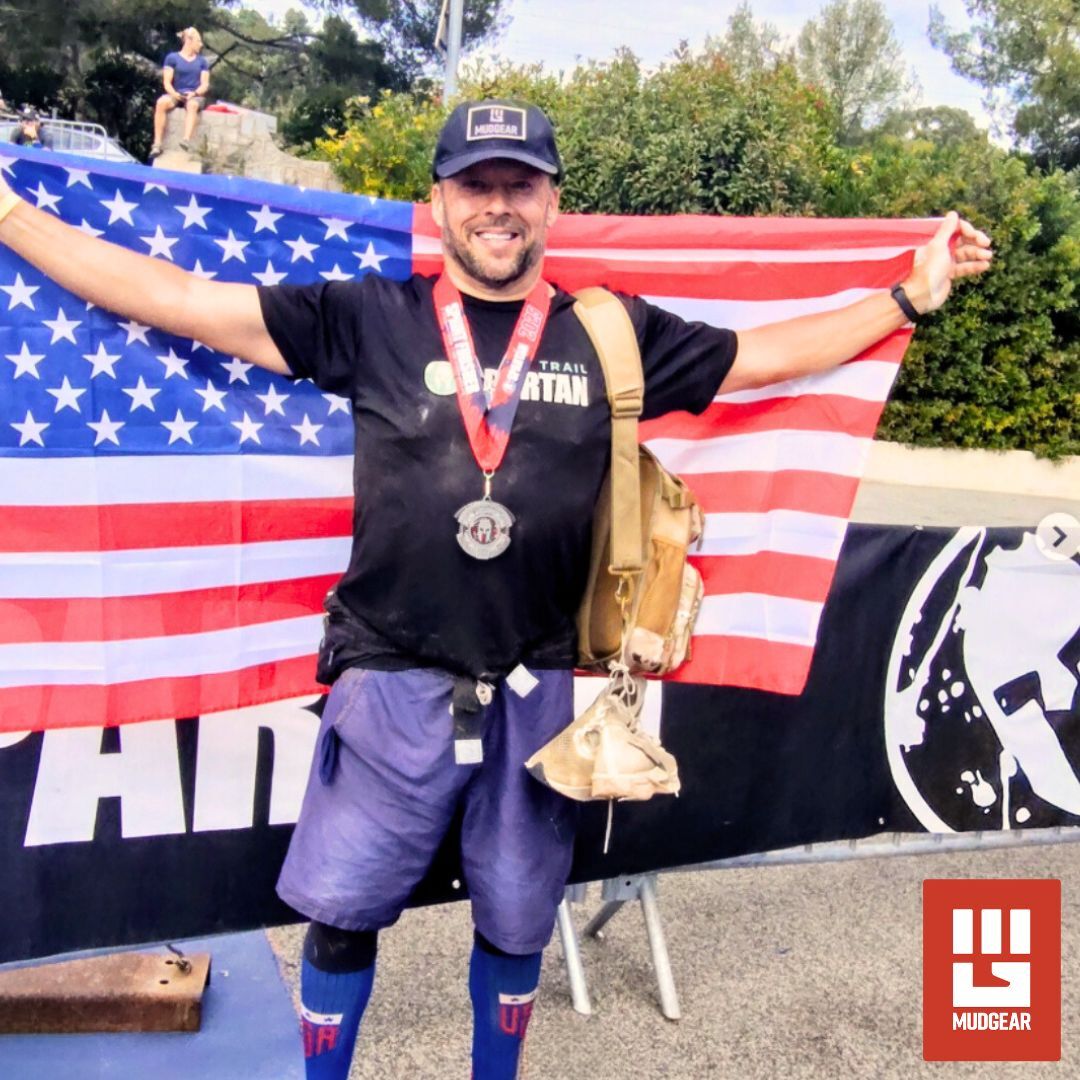
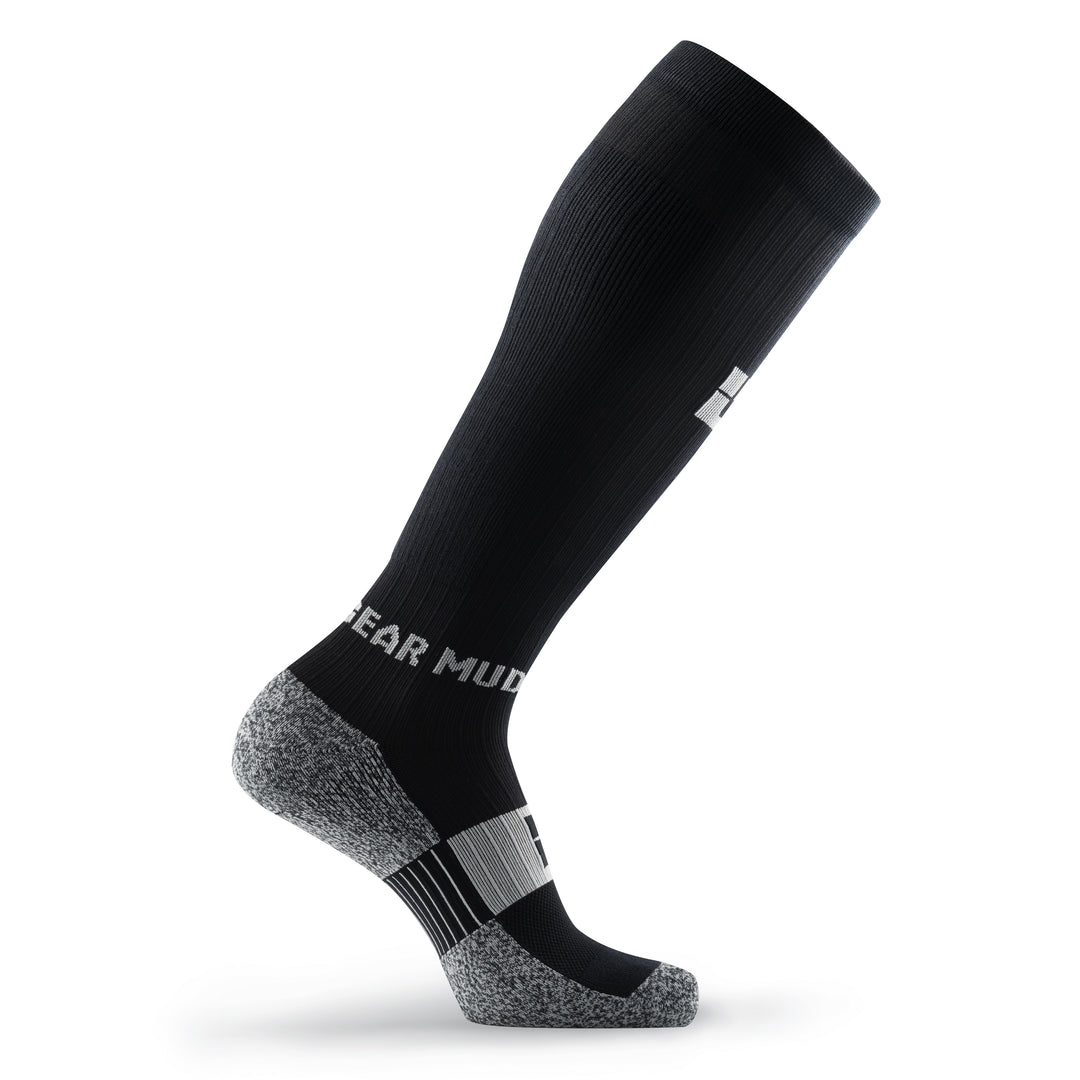
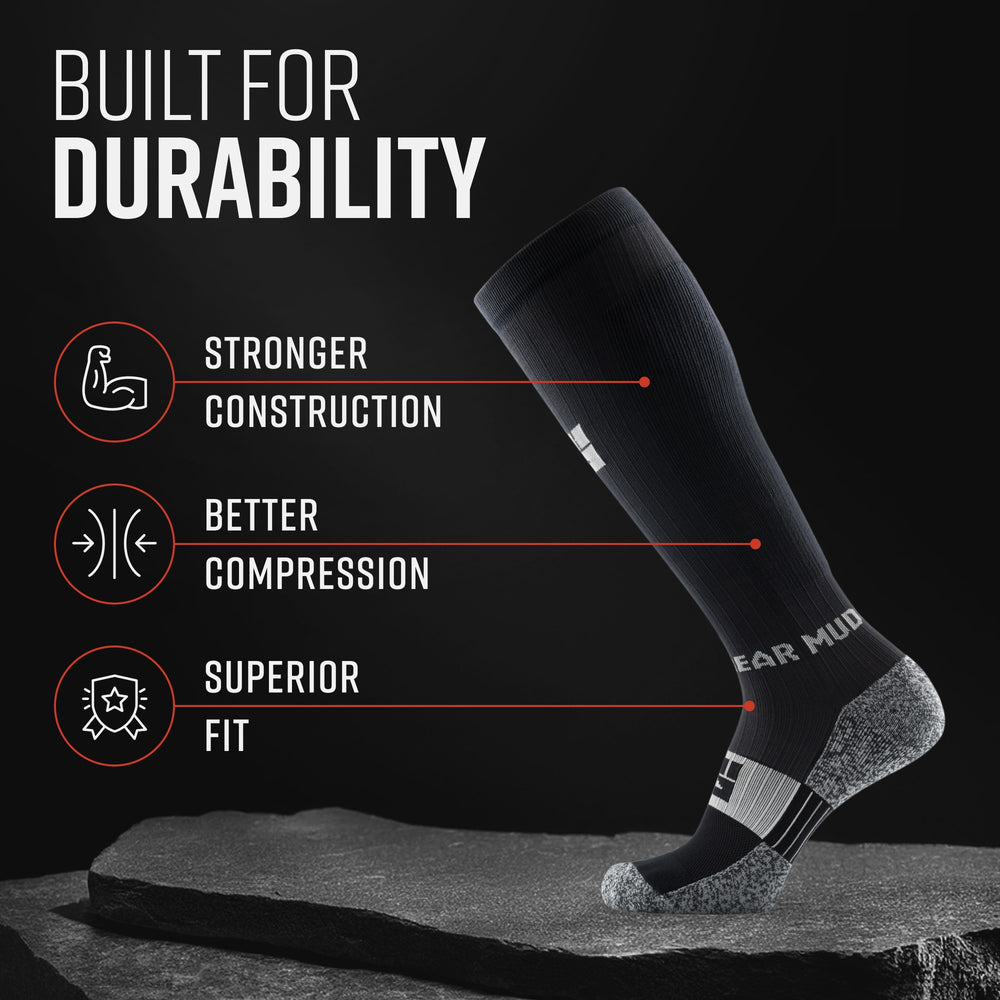
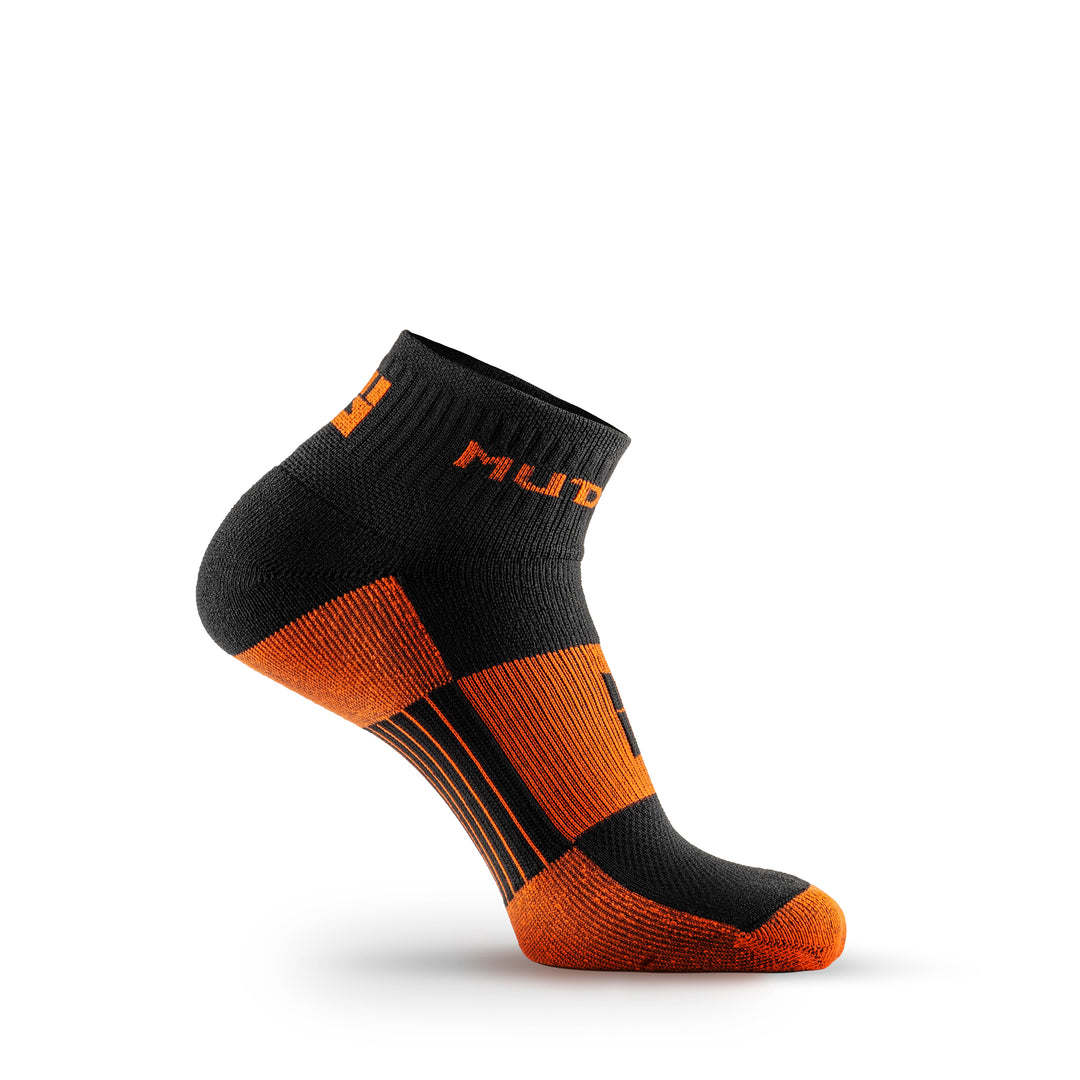
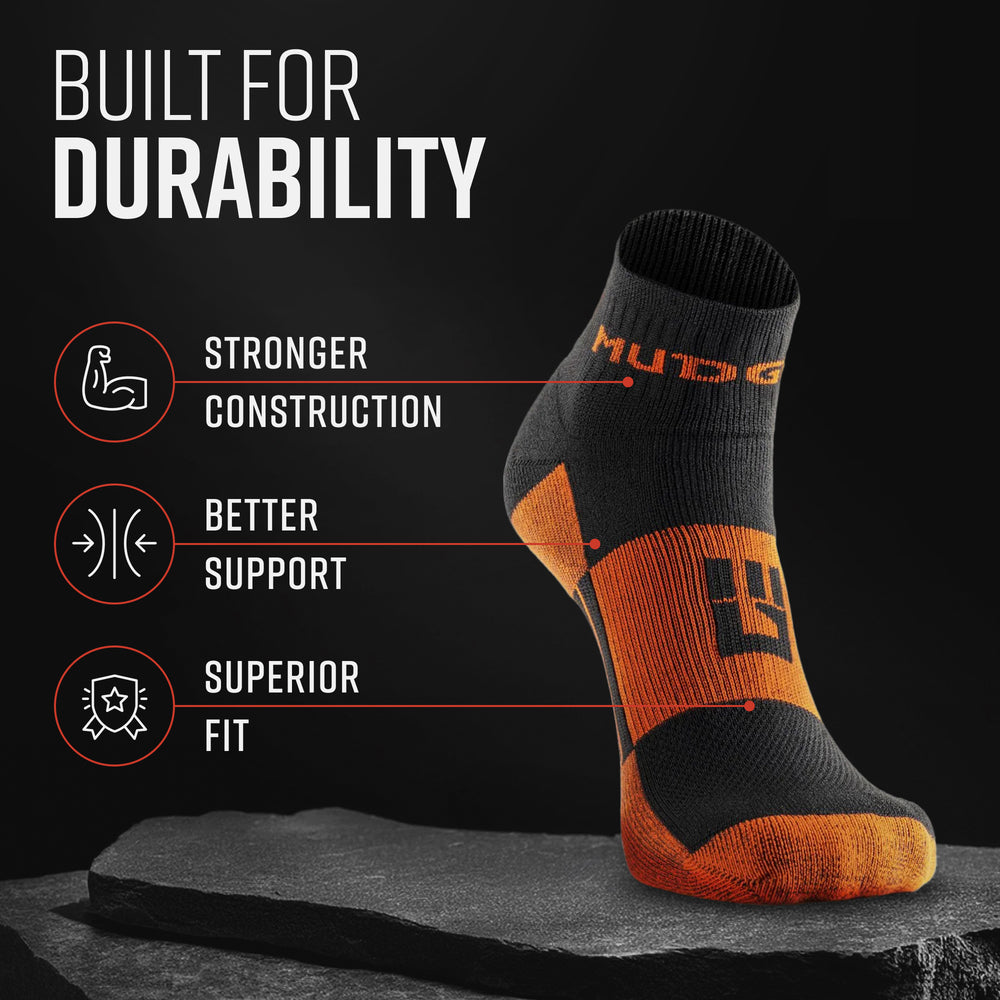


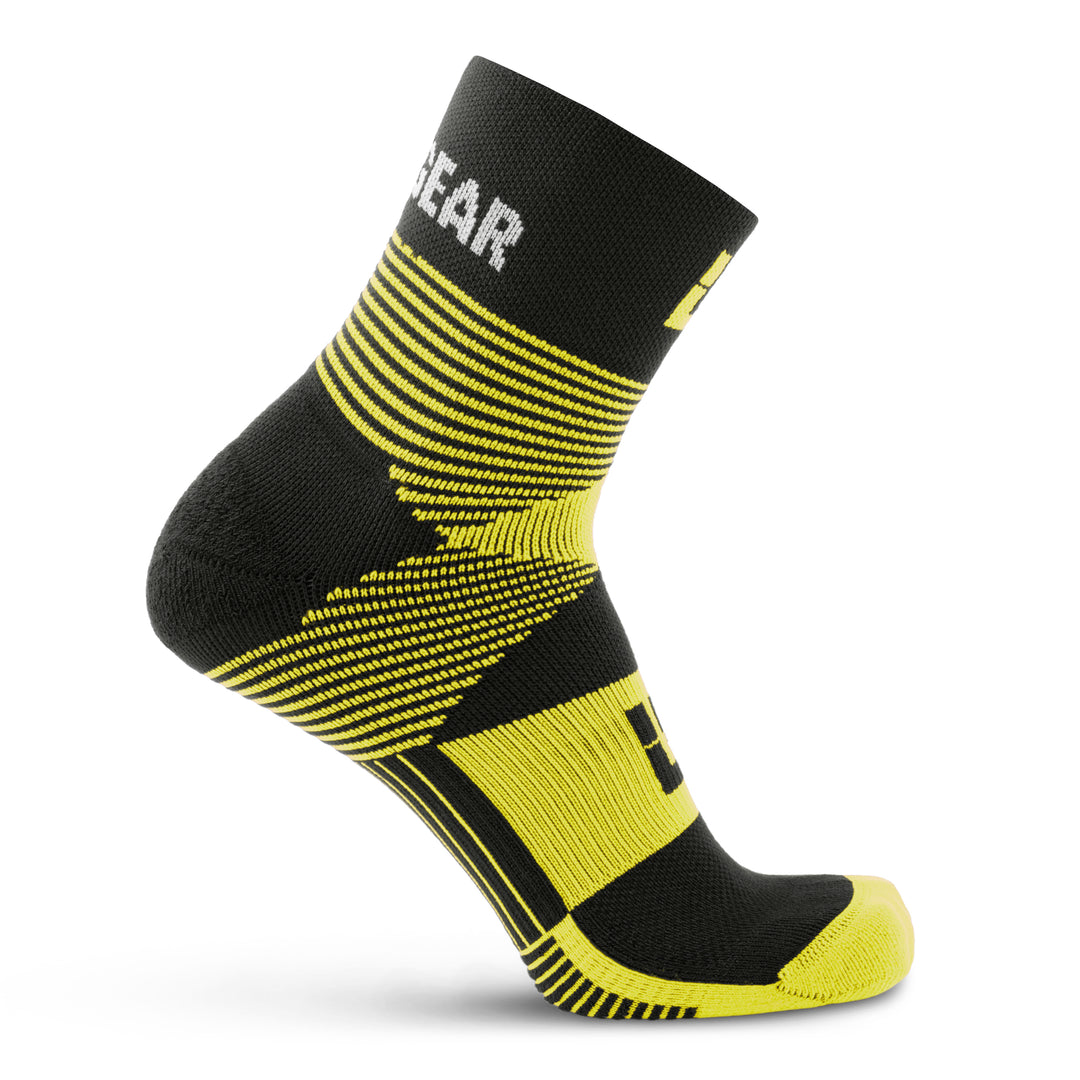


Leave a comment